Farmer’s Guide to Trucking Regulations available to Ohio Farm Bureau members
The guide includes a farm driver checklist, overview of state and federal regulations and exemptions, CDL qualifications and more.
Read More
Thanksgiving is approaching quickly. Have you gotten your turkey yet? Maybe your’re waiting for a sale. I don’t have room in the freezer but will have to make room soon.
Did you know that about 17 percent of the turkeys raised this year – approximately 46 million – will be on Thanksgiving tables this year?
How do farmers and processors meet this huge one-day demand? It takes a lot of planning. The majority of the turkeys raised come from 13 states. Minnesota is the top producer with 46 million, followed by North Carolina with 36 million. Ohio ranks 10th, producing 5.5 million turkeys annually.
Not knowing much about turkeys, I found out that there are not as many breeds of turkeys as there are chickens. The largest and most commercially raised turkey in the United States is the broad-breasted white. They are very efficient growers, converting feed to white breast meat in the shortest possible time. There are also 13 recognized heritage turkey breeds that are commonly raised in the United States. The hens range in weight from 10 to 20 pounds, while the toms average 16 to 30 pounds.
Bourbon reds are noted for their beautiful red plumage and were first bred in the 1800s in Bourbon County, Kentucky. They are also considered one of the best-tasting breeds.
Originally from Rhode Island, Narragansett turkeys were the staple of the New England states.
The smallest of the heritage breeds is the Royal Palm. Because of its size, it is generally not grown commercially for meat production but for exhibition. They are a beautiful bird with black and white plumage.
A relatively new breed is the midget white, which was developed in the 1960s by researchers at the University of Massachusetts. They are a cross of Royal Palm and broad-breasted white and known for their deep, delicious flavor.
Beltsville small whites were developed in the 1930s and are about the same size as the midget whites but with wider breasts. They are prolific layers and not very social compared with other breeds.
White Hollands were originally bred in Holland and migrated with early settlers to the colonies. These calm birds are the biggest of the heritage breeds.
Standard bronze turkeys have been the most popular turkey in American history. They were originally a cross between the turkeys brought to the colonies by Europeans and the native wild turkey of America.
The final breed is called a black, sometimes called black Spanish or Norfolk black turkeys. This breed was domesticated from Mexican wild turkeys brought back to Europe by the first Spanish explorers who visited the New World.
There is a lot to learn about turkeys and I don’t claim to be an expert. Plus, I’m not signing up to raise them. So as Thanksgiving is approaching, I hope you will take the time to be thankful for the turkey farmers who plan ahead so we all can have a turkey dinner this year!
Submitted by Mary Smallsreed, a Trumbull County Farm Bureau member, who grew up on a family dairy farm in northeast Ohio.


The guide includes a farm driver checklist, overview of state and federal regulations and exemptions, CDL qualifications and more.
Read More
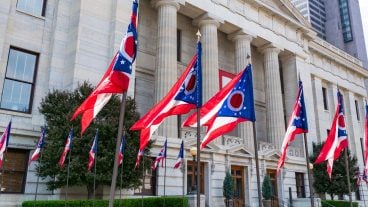
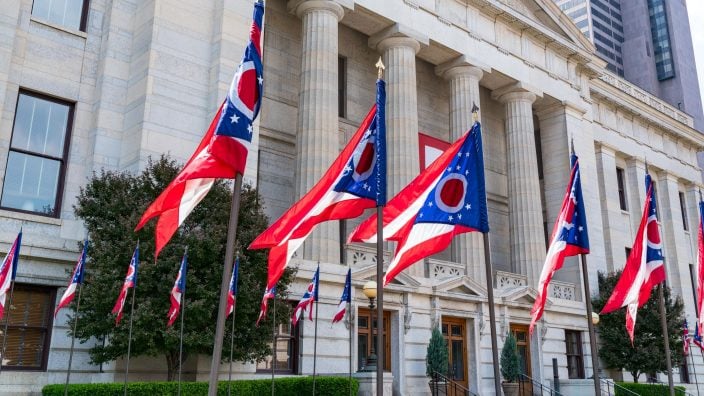
Ohio Farm Bureau provides opportunities, platforms and resources to help you develop your voice in the industry and give farmers a seat at the table with leaders and legislators.
Read More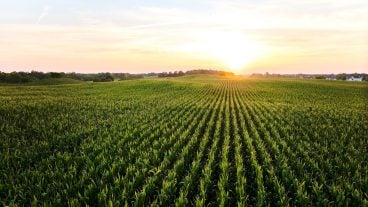
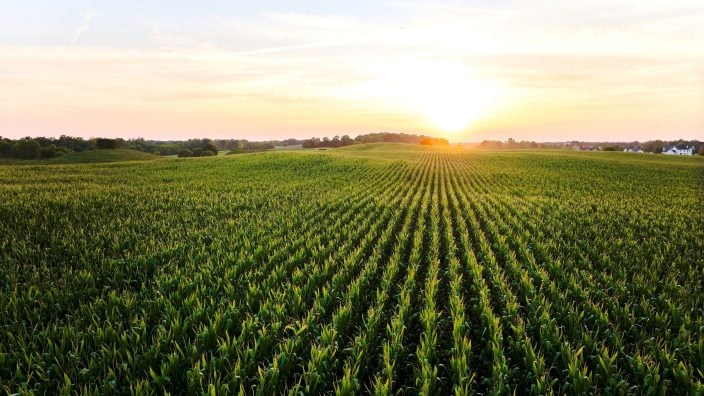
The emergency fuel waiver to allow the sale of summer gasoline blends containing 15% ethanol will lengthen the period during which Americans can continue buying E15 from June 1 to Sept. 15.
Read More

The Small-Scale Food Business Guide covers federal and state regulations for selling food products such as raw meat, dairy, eggs, baked goods, cottage foods, fruits and vegetables, honey and more.
Read More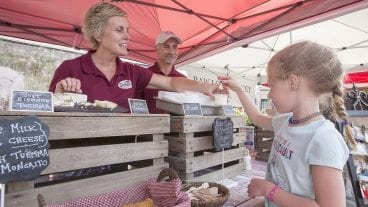
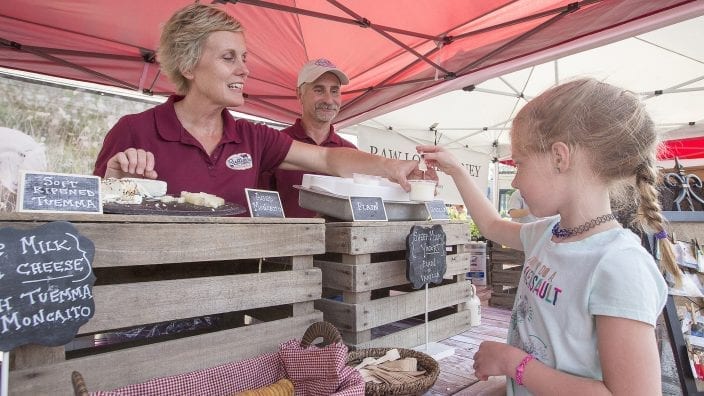
New resources and technology are broadening the different types of sales tools and strategies available to farmers.
Read More

ODA will enroll 500,000 acres into the program for a two-week sign-up period, beginning April 22, 2024, through May 6, 2024. Contact local SWCD offices to apply.
Read More

Katie Share of Columbus has been named ExploreAg and Youth Development Specialist for Ohio Farm Bureau.
Read More

Mary Klopfenstein of Delphos has been named Young Ag Professional and Ag Literacy Program Specialist for Ohio Farm Bureau.
Read More

The plan has been updated to give sole proprietors access to more rate stability and a smart solution that offers potential savings on health care.
Read More

The American Farm Bureau Federation, in partnership with Farm Credit, is seeking entrepreneurs to apply online by June 15 for the 2025 Farm Bureau Ag Innovation Challenge.
Read More